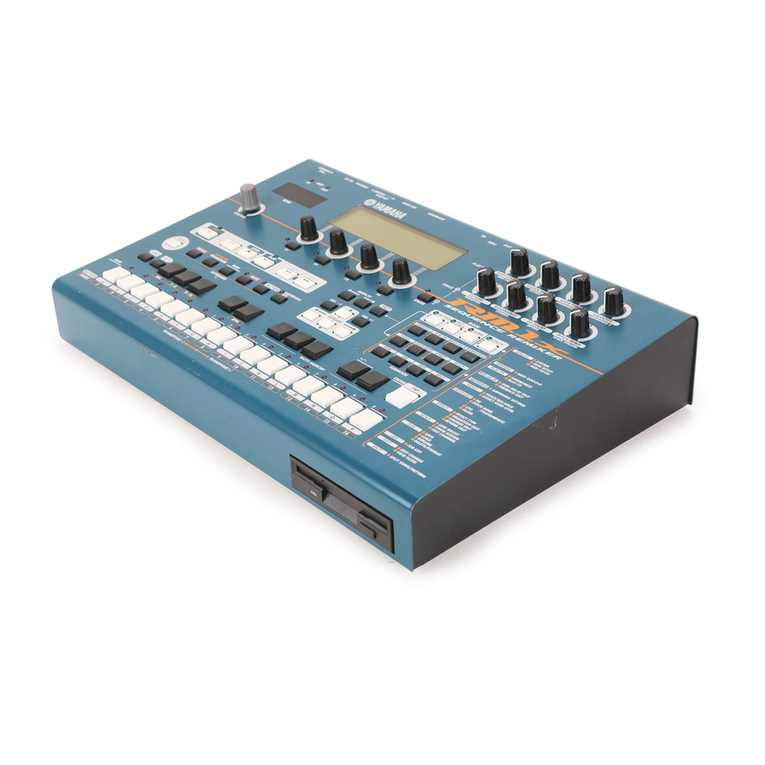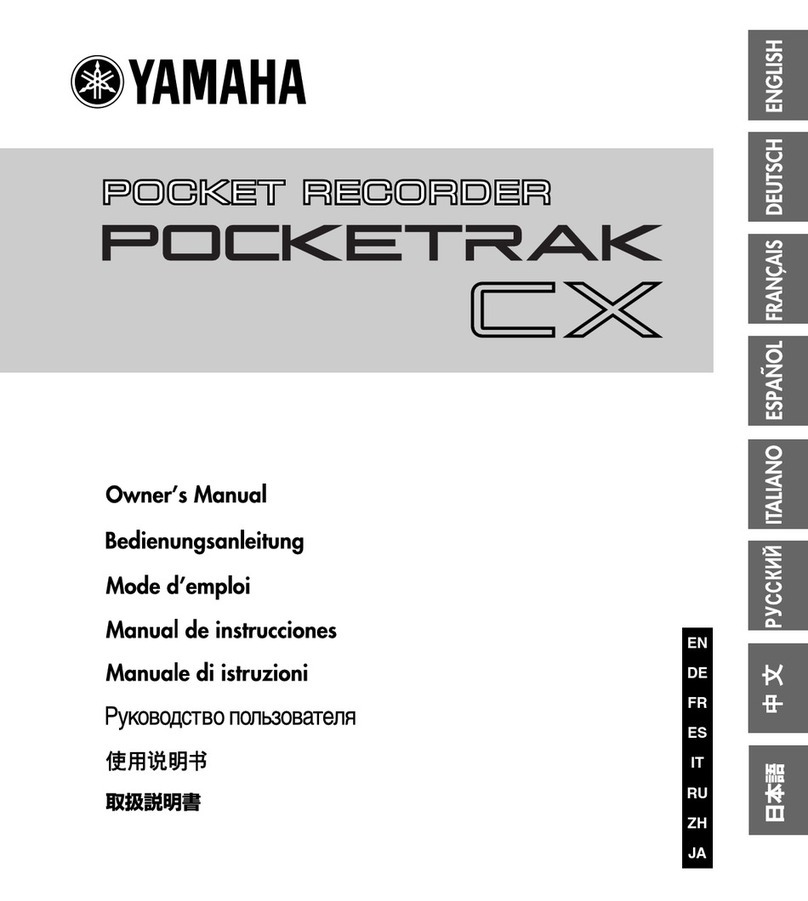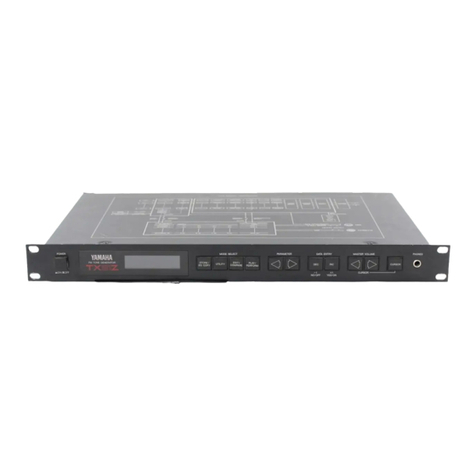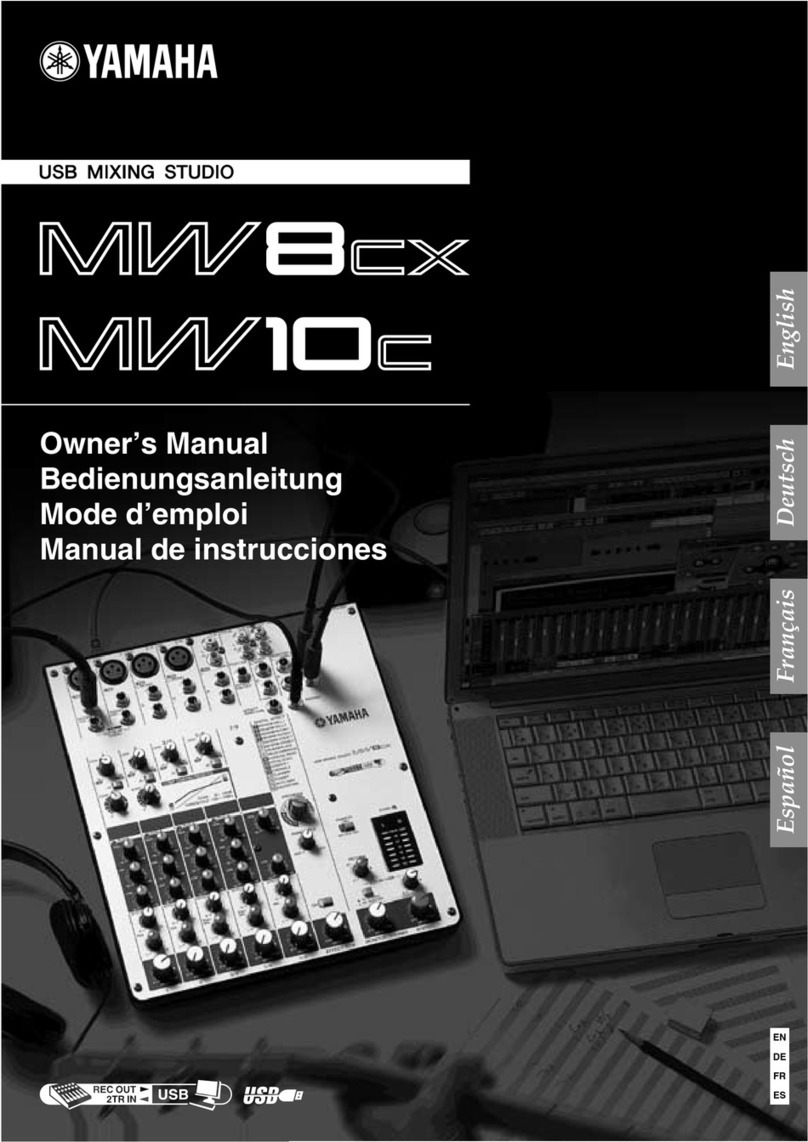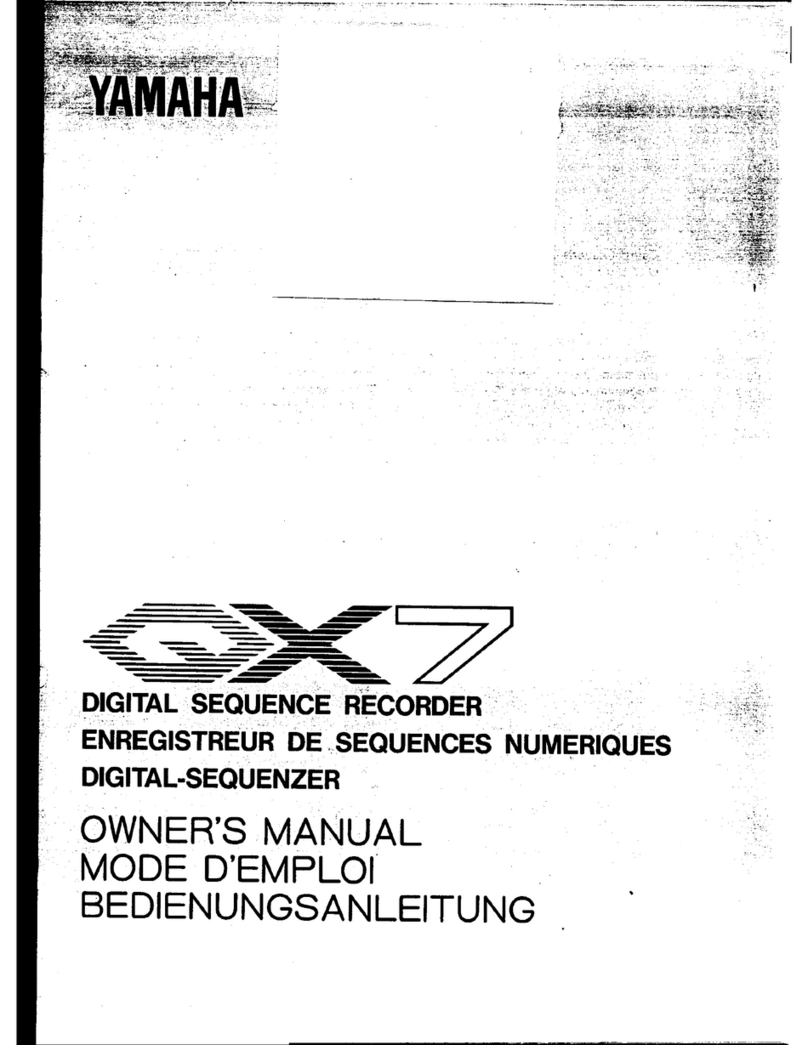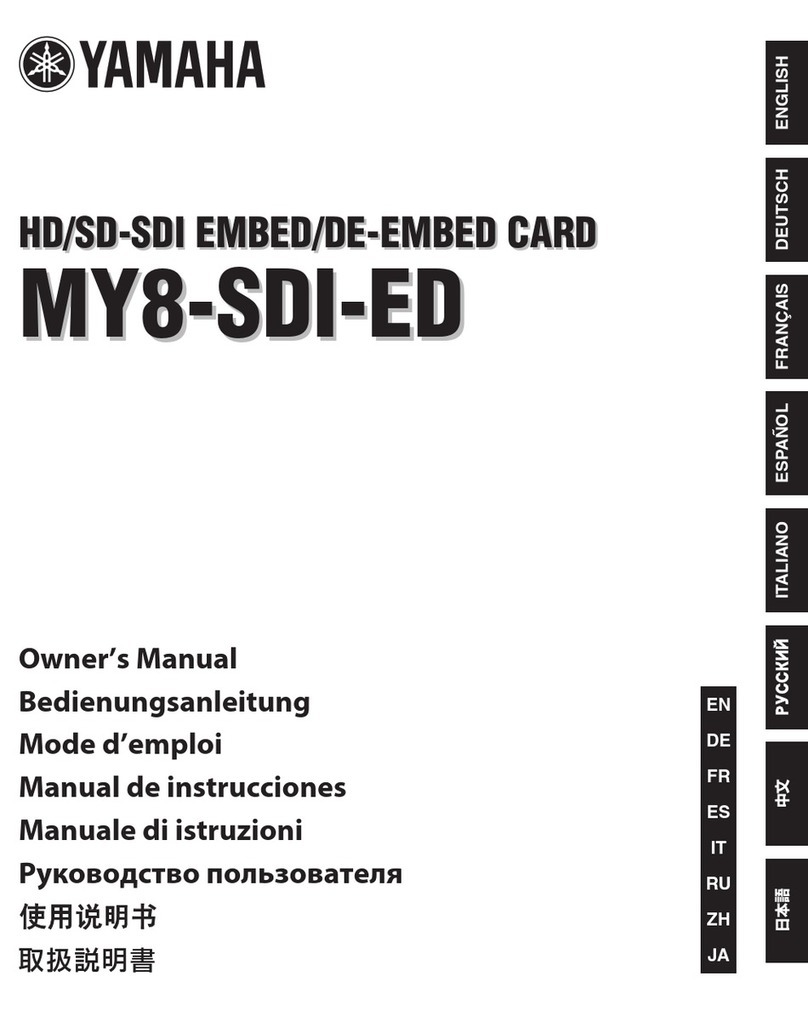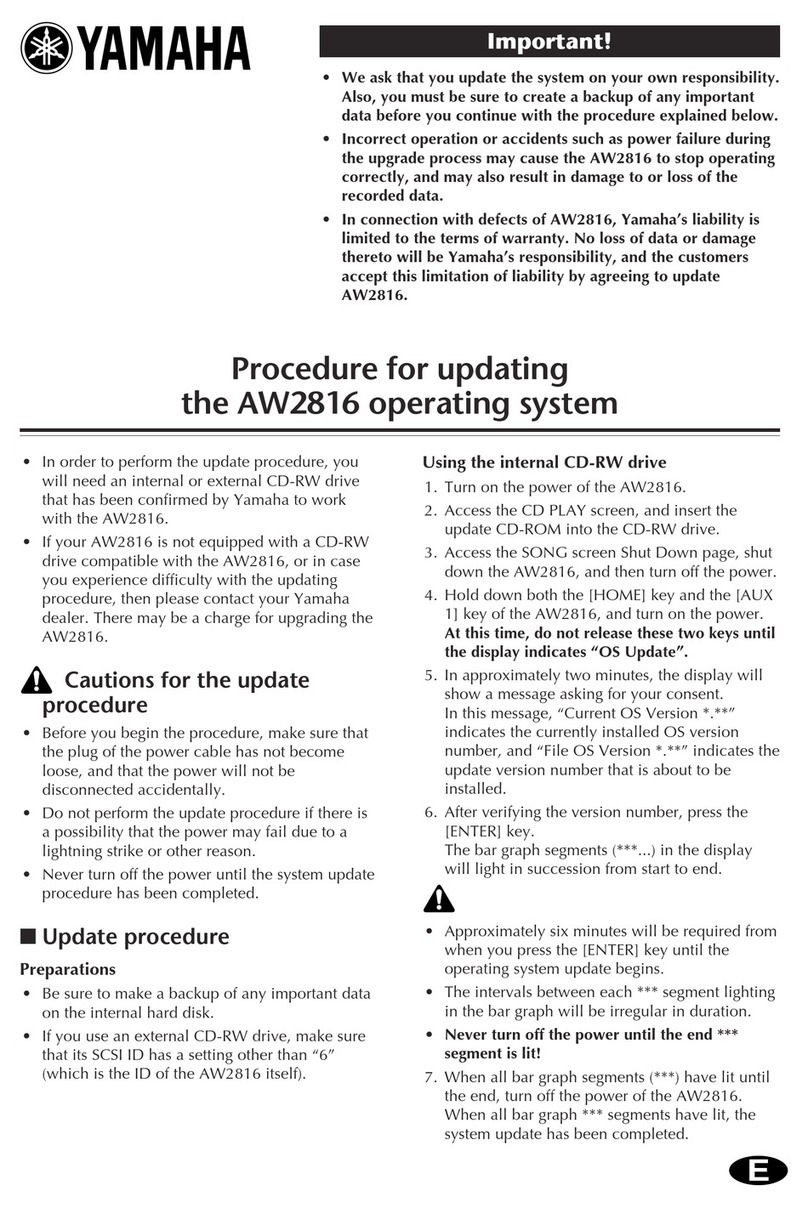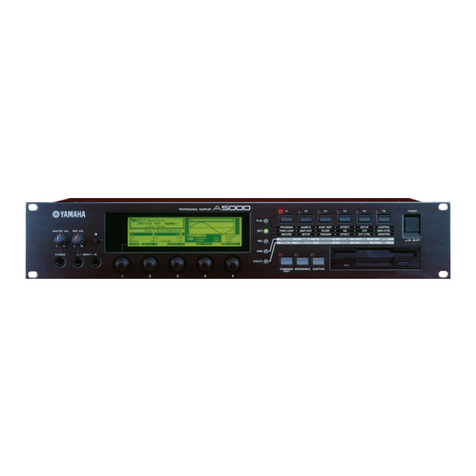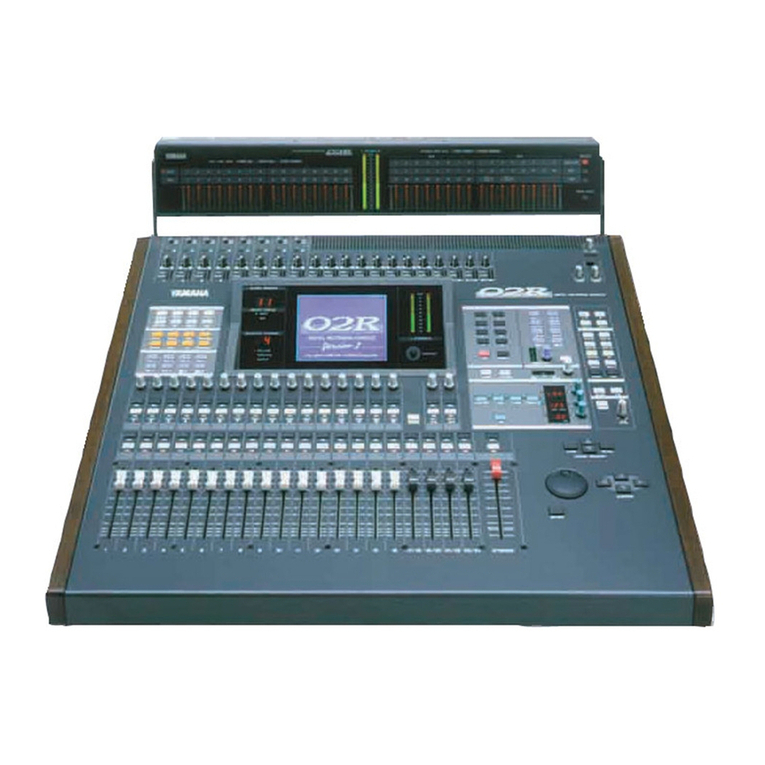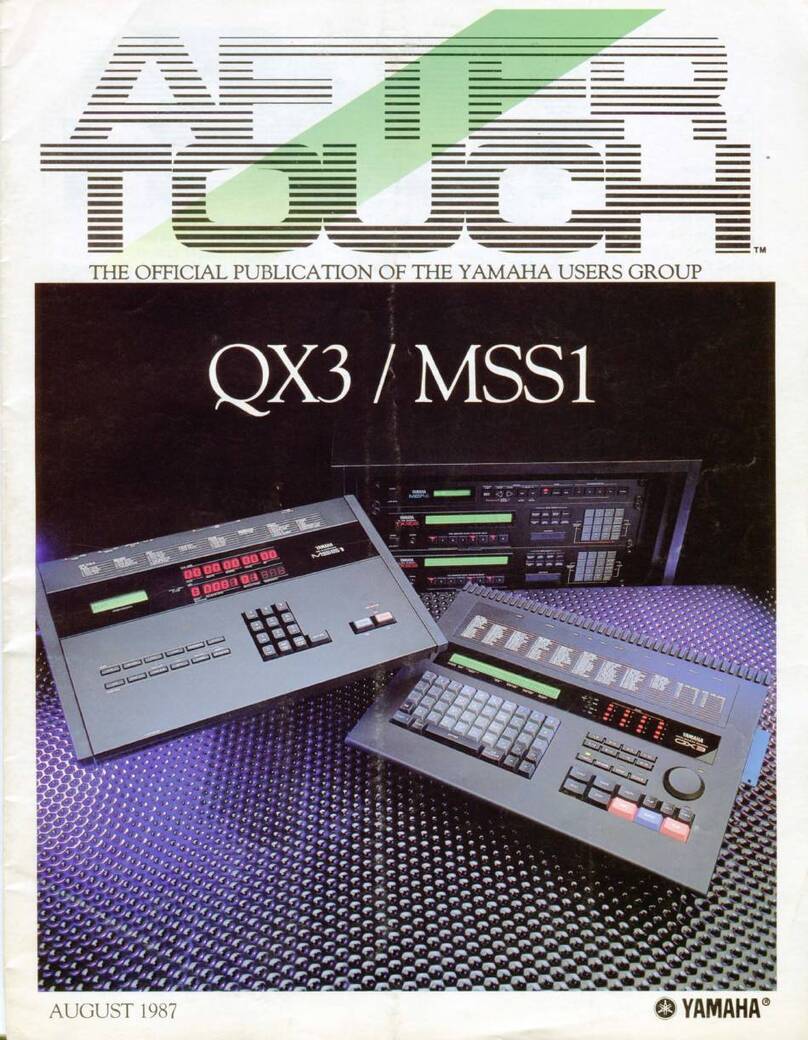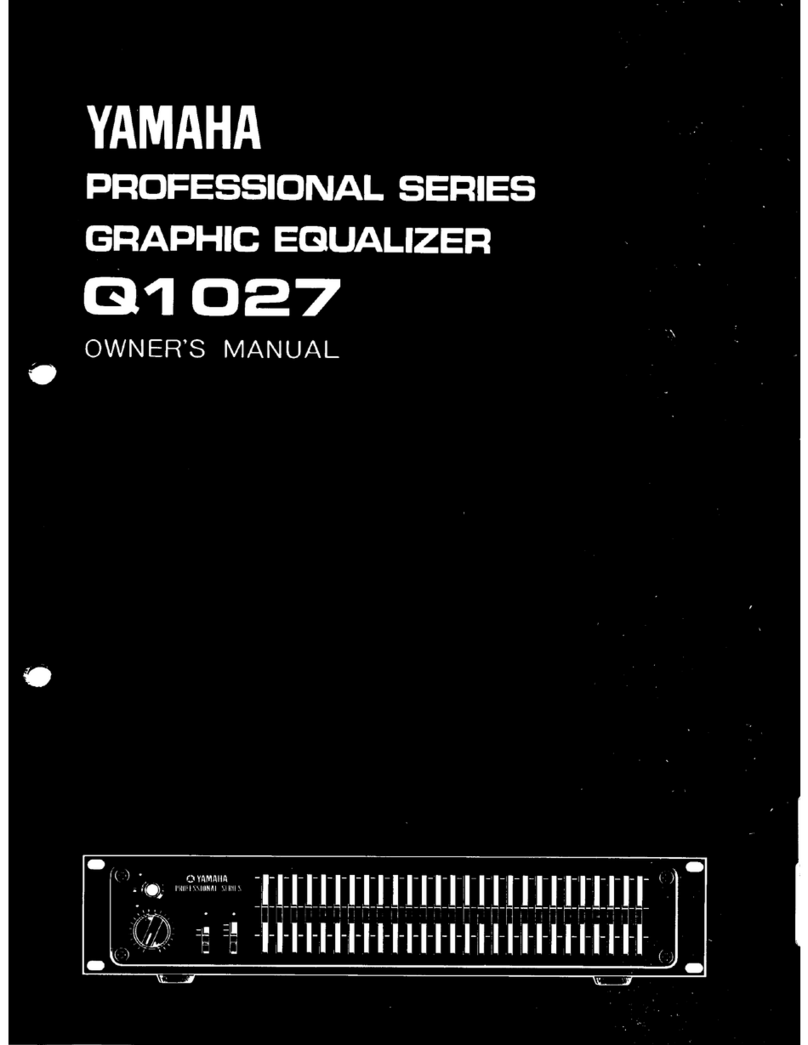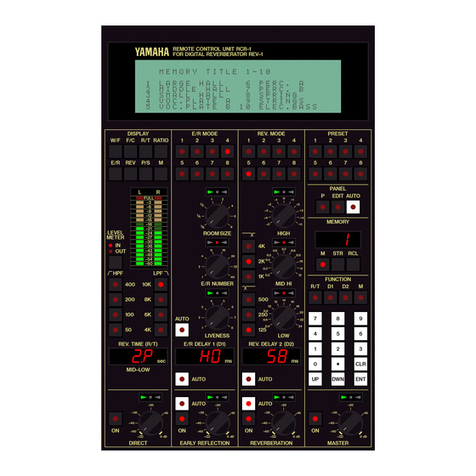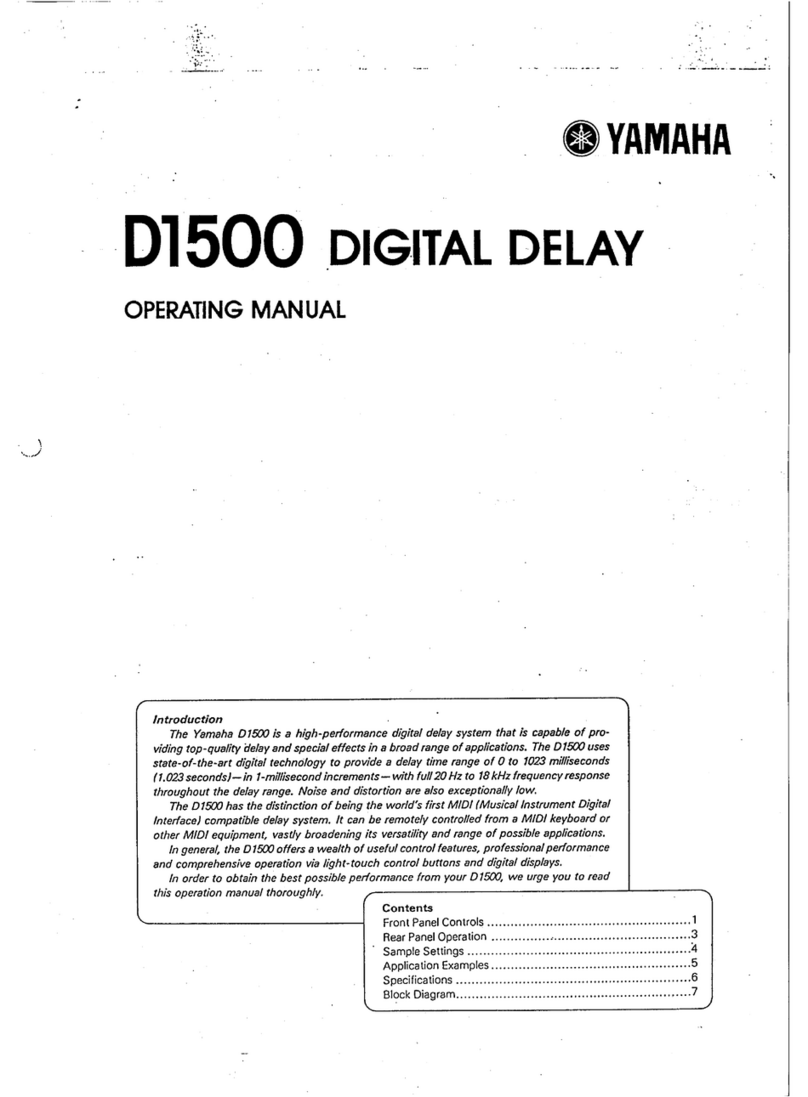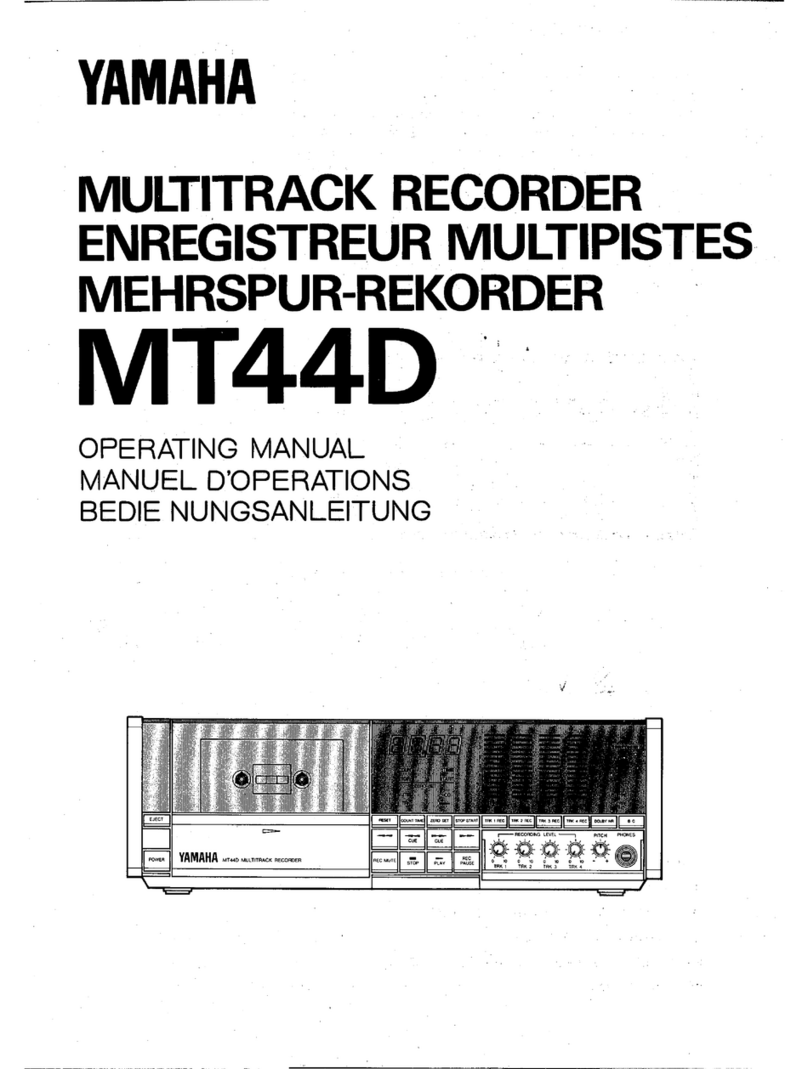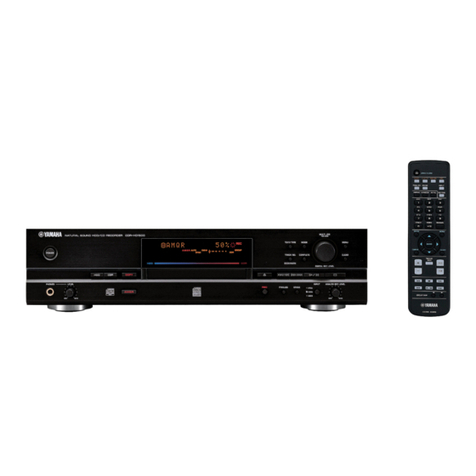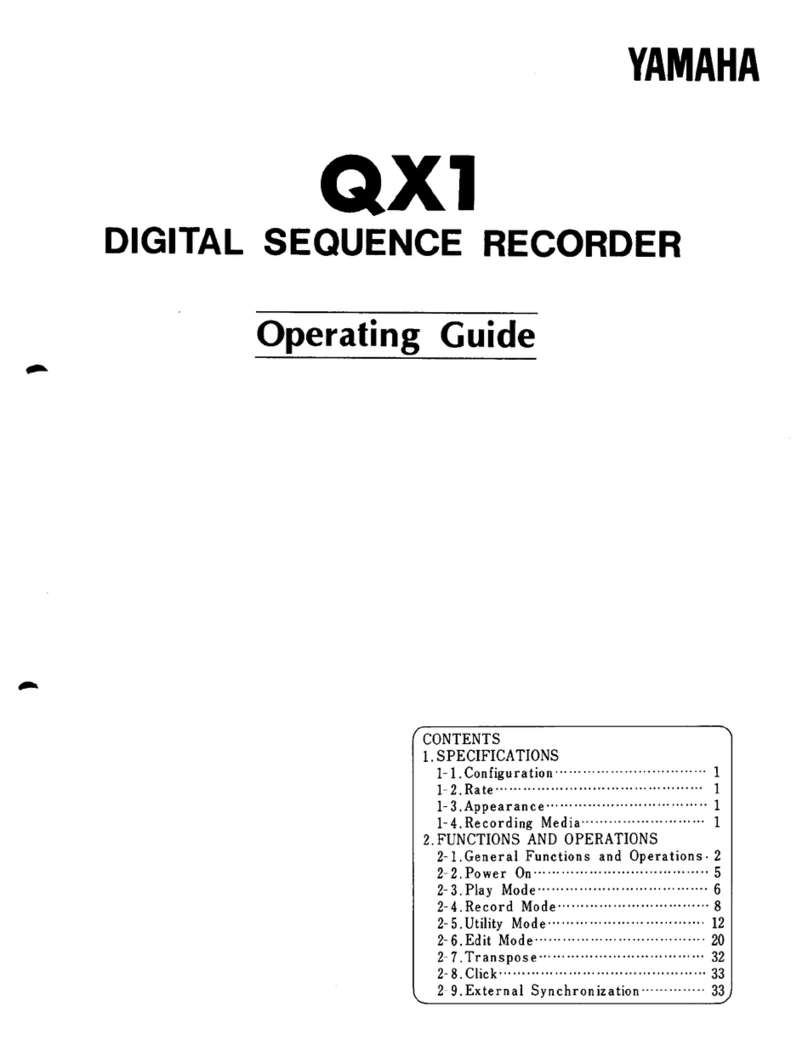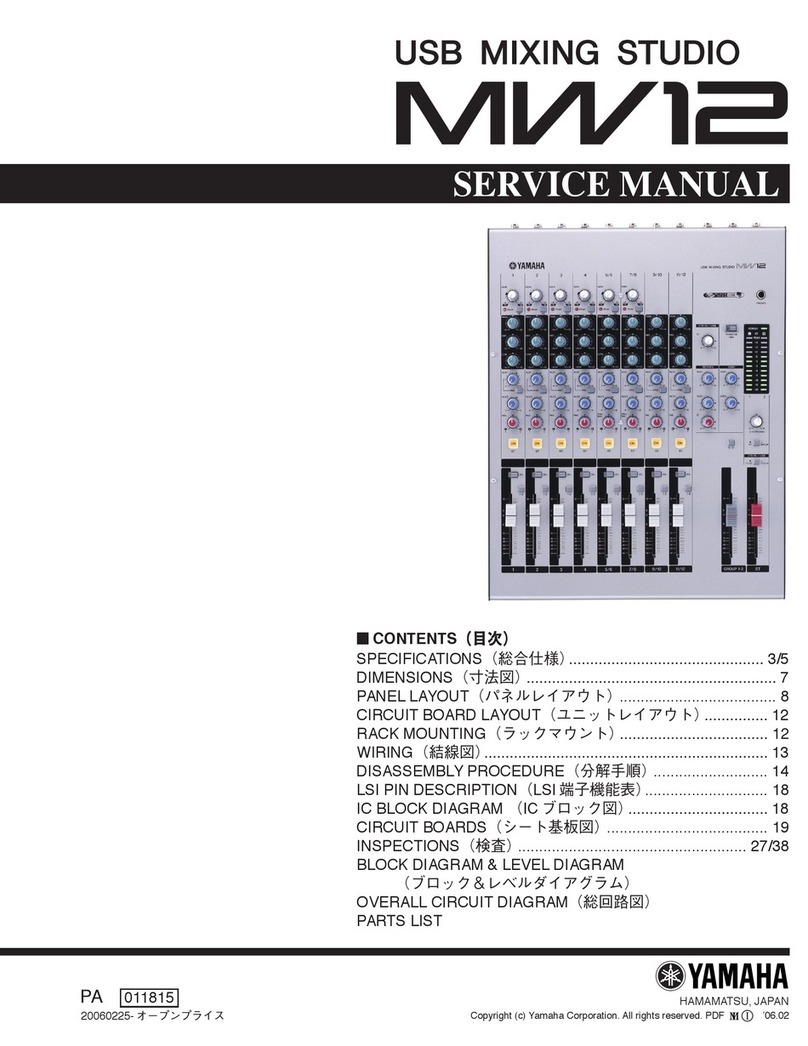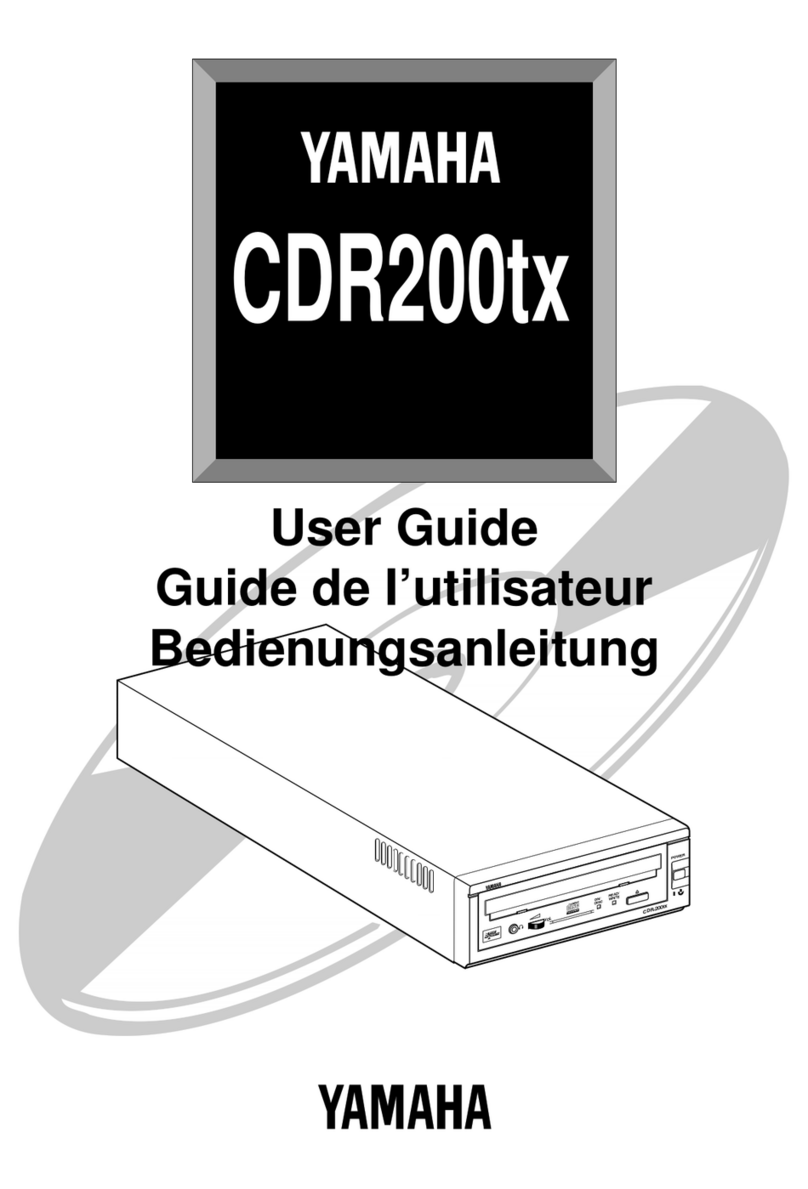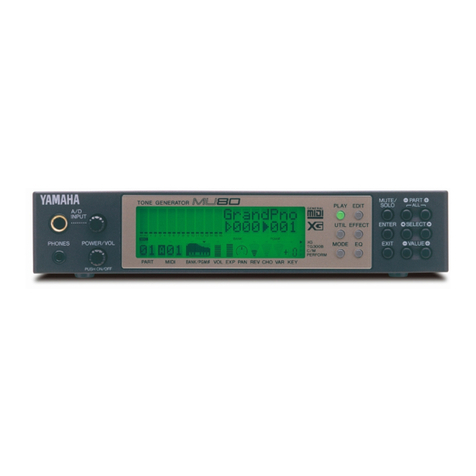
FEATURES
/
CAUTION
The
Q1027
is
a
professional-grade
27-band
graphic
equalizer
that
offers
top-quality
performance,
features,
reliability
and
durability.
It
is
perfectly
suited
to
a
wide
range
of
professional
applications
including
concert
sound
reinforcement
and
studio
recording.
Please
be
sure
to
read
this
operation
manual
carefully
in
order
to
make
the
most
of
your
Q1027's
extensive
perform-
ance
capabilities.
FEATURES
ΦΑΙ!
inputs
and
outputs
feature
Phase
Switches,
Ground
Switches
and
cannon
connectors,
Rack-mountable
configuration.
Rugged
to
withstand
the
rigors
of
profes-
sional
use.
Human-engineered
control
layout
for
fast,
error-free
operation.
Elegant
styling.
Exceptionally
high
S/N
ratio
and
low
distortion.
@27
1/3-octave
equalizer
bands
provide
extremely
fine
control
capability.
Unique
“L”
integrated
circuit
construction
effectively
minimizes
inductive
noise
pick-
up
maintaining
excellent
signal-to-noise
ratio
and
low
distortion.
@Equalizer
bypass
switch,
40/80
Hz
high-pass
filter
selector,
accurate
input
attenuator
and
peak
level
indica-
tor
all
add
up
to
more
convenient,
more
precise
sound
control.
Removable
security
cover
prevents
accidental
alteration
of
settings
in
studio
and
sound
reinforcement
applications.
Designed
for
optimum
“in-use”
flexibility
and
performance.
CONTENTS
ΕΕΑΤΥΒΕΒ/ΘΑΌΤΙΟΝ..................
2
FRONT
PANEL
OPERATION
.............
3
CONNECTION/BLOCK
DIAGRAM..........
4
REAR
PANEL
OPERATION
..............
5
ΕΩΙΑΙΙΖΙΝα........................
6
MOUNTING
THE
SECURITY
COVER/SPECIFICATIONS
...............
7
CAUTION
@Locate
the
Q1027
out
of
the
direct
rays
of
the
sun,
avoiding
locations
subject
to
vibration
and
excessive
dust,
heat,
cold
or
moisture.
@When
displacing
the
instruments,
be
sure
to
disconnect
the
power
supply
cord
and
every
connecting
cord
to
prevent
their
breakage
and
short,
eDo
not
attempt
to
clean
any
accumulations
of
dirt
with
chemical
solvents
(such
as
alcohol
or
benzene).
Wipe
only
with
a
clean
completely
dry
cloth.
€
Keep
this
manual
in
a
safe
place
for
future
reference,
and
refer
to
it
frequently
until
you
are
fully
familiar
with
your
Q1027.
e
This
model
is
designed
to
be
mounted
on
19"
standard
rack.
e
Voltage
Selector
switch
on
the
rear
of
the
O1027
must
be
set
for
your
local
mains
voltage
BEFORE
plugging
in
the
AC
main
supply.
Voltages
are
110-130
or
220-240AC,
50/60Hz.
U.S.
and
Canadian
models
are
not
provided
with
the
voltage
selector.
